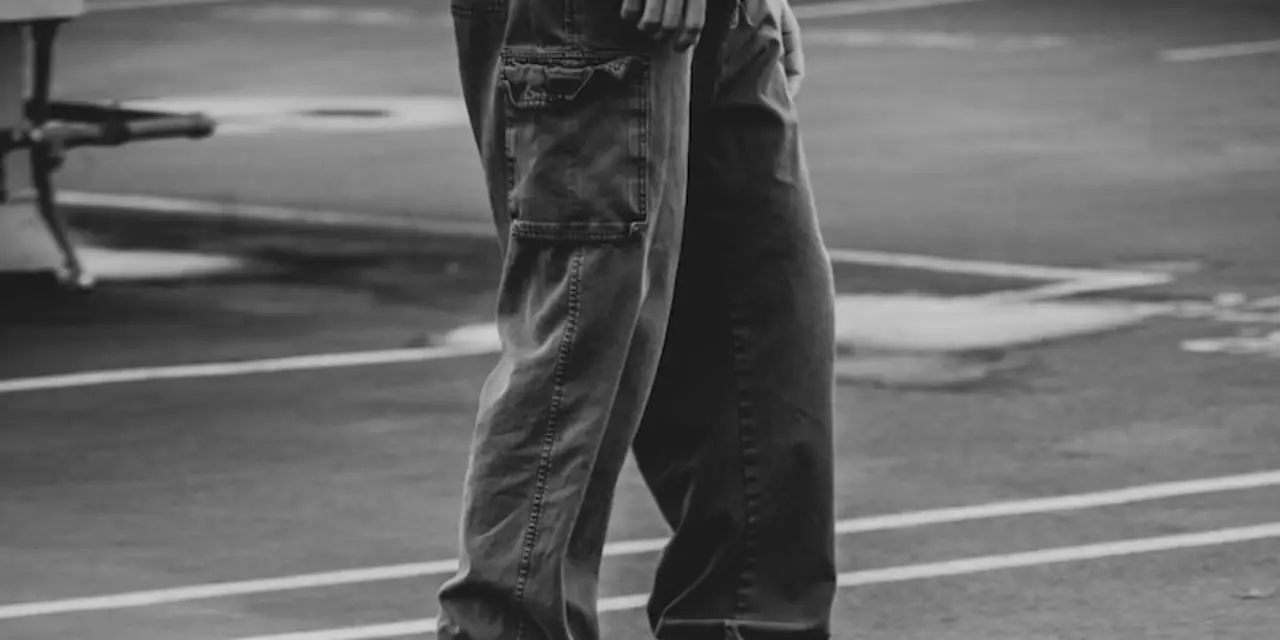Decks – Your Quick Guide to Picking the Perfect Skateboard Deck
If you’ve ever stood in a skate shop and felt overwhelmed by the rows of decks, you’re not alone. Decks are the heart of every skateboard, and the right one can make learning tricks feel easy while the wrong one can stall your progress. Below you’ll get plain‑spoken advice on price, size, shape, and wood so you can walk out with a board that fits your style and budget.
How Much Does a Deck Cost?
First, let’s talk money. A decent, entry‑level deck usually costs between $30 and $60. You’ll see cheaper options under $30, but they often use low‑grade wood that chips quickly. On the high end, premium decks made from 7‑ply maple or hybrid composites can push $100 or more. Those pricey boards are built for durability and performance, but you don’t need one unless you’re skating professionally.
When you compare prices, ask yourself what you’re getting for the extra cash. Look for features like reinforced nose and tail, quality grip tape, and a reputable brand. Sometimes a $70 deck from a well‑known company will outlast a $120 board from a tiny label because the former uses better construction methods.
Choosing the Right Deck for Your Style
Size matters more than you think. Deck width is measured in inches; most street skaters go for 7.75" to 8.0", while vert or pool riders prefer 8.25" to 8.5" for extra stability. If you’re a beginner, start in the middle of that range. A deck that’s too narrow makes flip tricks hard, and a deck that’s too wide can feel sluggish.
Shape is the next factor. Classic popsicle shapes have a uniform concave and are great for tricks. Cruiser shapes have a kicked‑up nose and are better for rolling around town. Look at the deck’s deck‑profile pictures: a deeper concave gives better foot control, while a flatter board feels more comfortable for cruising.
Material is usually 7‑ply maple, which balances strength and flex. Some brands mix carbon fiber or bamboo to reduce weight without losing pop. If you want a light board for technical tricks, consider a hybrid deck, but expect to pay a little more.Finally, think about graphics. Yes, the artwork doesn’t affect performance, but a design you love will keep you riding more often. That’s the real benefit of a deck you’re excited about.
In short, pick a deck within your budget, choose a width that matches your riding style, and go for a shape that feels natural under your feet. Test a few in the store if you can—stand on them, feel the flex, and imagine your favorite trick. Walk out with a board that feels like an extension of you, and you’ll be ready to drop in, ollie, and have fun without worrying about breaking a cheap deck after a few weeks.
How much do skate shops pay for decks from distributors?
- Caden Lockhart
- |
- |
- 0
Skate shops typically purchase decks from distributors at a discounted rate, usually 25-30% below the retail price. The amount paid is based on the quality of the deck, the distributor's rates, and any discounts or incentives offered. The average price for a deck from a distributor is between $30 and $50, although prices can be higher or lower depending on the factors mentioned above. Additionally, skate shops may be able to negotiate better prices or other incentives from distributors if they make larger orders.
View more